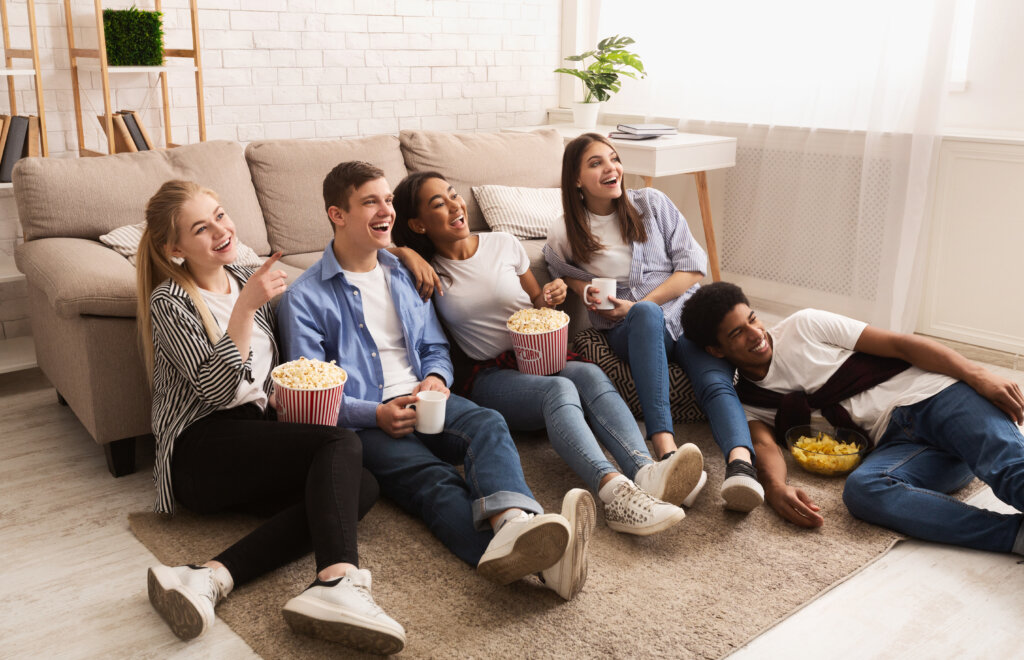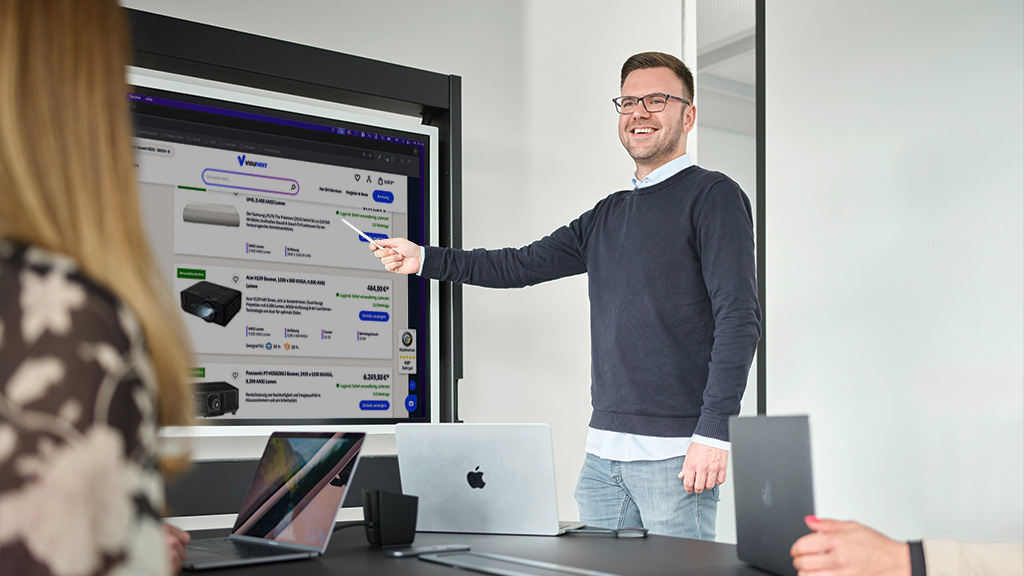At visunext, we have professionals willing to answer all your questions relating to projectors, projector screens and projector accessories. Here we have our home cinema projector FAQ – so dig in and find out more!
Setting up your very own home cinema can be very daunting, especially if you have no clue what you are doing. There is a lot of ‘projection lingo’ that you may not have come across before and for this reason, we have created an in-depth home cinema projector FAQ page to help you understand some of the many different terms used in projection.
We would also suggest you take a look at our Projector Buyers Guide to learn more.
What is the most important thing when buying a projector?
When buying a projector, it’s important to focus on the areas you need for your application. If you are looking to set up a dedicated home cinema room, features such as Full HD or 4K resolution, lower lumens and higher contrast ratio are important.
If it’s for a brighter living room you’ll still want those nice high resolutions, but you will need to look for something with higher brightness to go with it.
One of the most important aspects of getting the right projector will be choosing a projector that fits the screen you are projecting onto from the distance the projector will be positioned. Many people think that you can just use the zoom function on the projector, but not all projectors have a zoom facility and the ones that do may not have as much as you think!
Where are projectors most commonly used?
Everywhere! Projectors are suitable for a whole host of applications in businesses, schools, village halls, homes, golf simulators and more. The environment the projector is being used in will dictate the features and specifications required.
We get many calls from people wanting to use projectors in their caravan, for art exhibitions, projectors for gardens, pubs and many more! The only limit is your imagination and whatever you have in mind, there is bound to be one for you.
What is the difference between DLP and LCD projectors?
The technology inside your projector plays a huge part in how the image looks. The two main types of projectors we find today are LCD and DLP, but you can also find LCOS projectors too!
DLP projectors
DLP is a technology developed by Texas Instruments and it can be widely found inside manufacturers such as BenQ projectors and Optoma projectors.
What are the advantages of DLP?
What are the disadvantages of DLP:
LCD projectors
LCD was developed by Epson in the 1980’s and can of course be found in all Epson projectors, but it’s also used by other brands such as NEC projectors or Hitachi Projectors.
What are the advantages of LCD?
What are the disadvantages of LCD?
What are the advantages of a projector?
The advantages of having a projector over a TV or display is the obvious ability to project a much larger image at a much cheaper price. A projected image can range from the very small to the very large, potentially 10 m and above!
There is no doubt that a projected image gives you the cinematic big screen experience in the comfort of your own home. Projectors can be very cost effective, you can typically pick up a decent projector for around £300 that will allow you to have a quality 100inch diagonal image in your living room.
Typically, you will want to try and place the screen and projector under some sort of gazebo to darken the projection area, but you will still require a very bright projector.
Putting an exact number of lumens on it is very difficult as light levels are different in each scenario, but for any chance of success in the daytime you’ll need upwards of 5000 lumens as well as some ample shading of the area. Things get much easier after dark, even a relatively low lumen projector can give you great results once the sun has set.
Hopefully our home cinema projector FAQ has helped you understand a little more about what can be quite a daunting topic! If you have any further questions, please do not hesitate to contact us via Email, Phone or Live chat!























